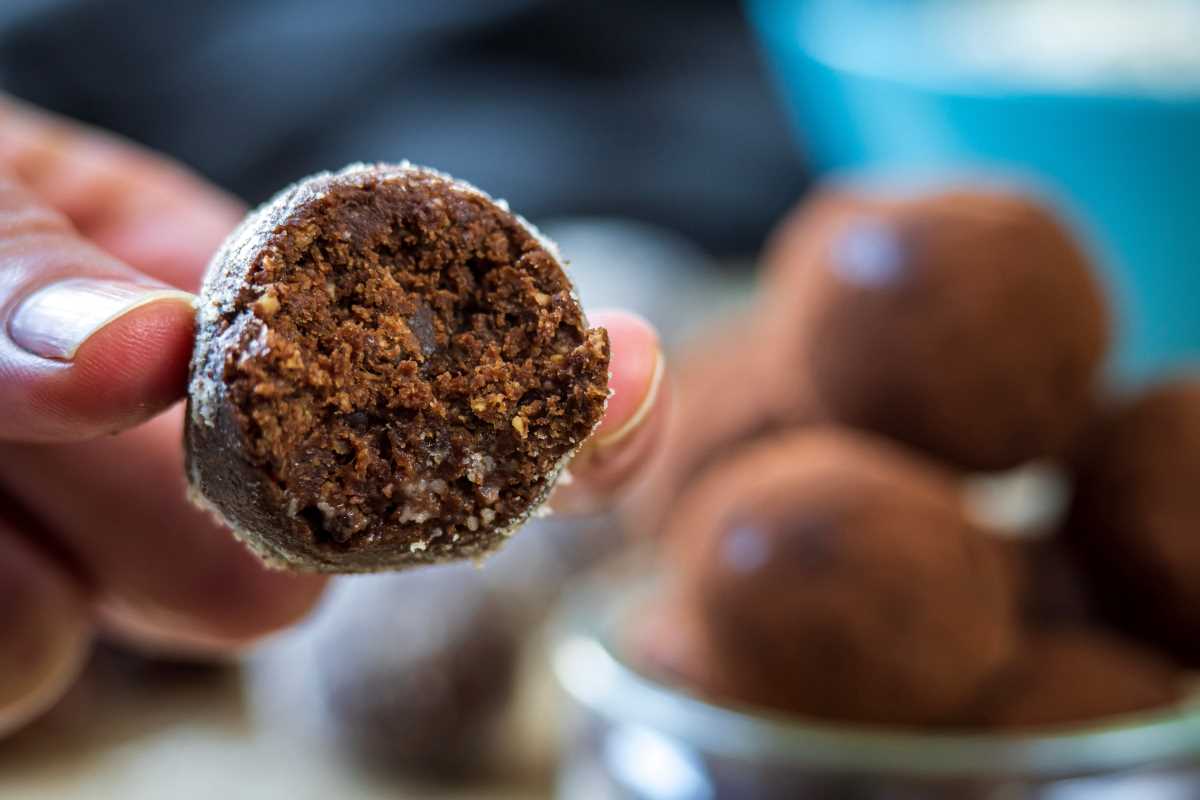When it comes to superfoods, you’ve probably heard about popular picks like kale, quinoa, and chia seeds. But if you’re just starting your fitness or health journey, it’s worth exploring some less-hyped yet equally powerful options. Not only are these superfoods packed with nutrients, but they’re often more affordable and versatile than their trendy counterparts.
Whether you’re working on building muscle, improving endurance, or just optimizing your overall health, these underrated superfoods can be game-changers. They can deliver incredible benefits while adding variety to your meals.
Here’s a deeper look into 7 often-overlooked yet highly beneficial superfoods, plus tips on why they matter and how to incorporate them into your routine.
Why Superfoods Matter
Superfoods aren’t magic pills, but they can make a big difference when paired with a balanced diet and consistent exercise. A superfood is essentially any nutrient-dense food that offers significant health benefits. These foods are often rich in vitamins, minerals, antioxidants, and other compounds that help your body perform at its best.
For fitness enthusiasts, superfoods provide the fuel needed for workouts, promote faster recovery, and enhance long-term health. By incorporating them into your diet, you can optimize your performance, support your immune system, and even improve mental clarity.
Now, let’s spotlight seven underrated superfoods that you’ll want to add to your grocery list.
1. Beets
Beets are one of the most powerhouse vegetables you can include in your diet. Rich in nitrates, they significantly enhance blood flow, which means more oxygen is delivered to your muscles during a workout. This boost in circulation can directly improve exercise performance and endurance.
That’s not all. The anti-inflammatory properties of beets help ease post-workout soreness, speeding up your recovery process. Plus, they’re high in folate, vitamin C, fiber, and antioxidants.
How to use:
- Smoothies: Add raw or cooked beets to your smoothie alongside fruits like berries or orange for a delicious, vibrant drink.
- Sides: Slice and roast beets with a drizzle of olive oil and a pinch of salt for a naturally sweet and earthy side dish.
- Salads: Toss shredded raw beets with greens, goat cheese, and walnuts for a nutritionally packed salad.
2. Pumpkin Seeds
Pumpkin seeds, or “pepitas,” may be tiny, but they’re loaded with big benefits. They’re among the best sources of magnesium, assisting in muscle contraction and relaxation, which is essential for both workouts and recovery. They’re also packed with protein, zinc, iron, and healthy fats, all of which work to sustain energy levels throughout the day.
Thanks to their combination of nutrients, pumpkin seeds can even help reduce inflammation and support heart health.
How to use:
- Snacks: Roast them with a pinch of seasoning for a portable snack.
- Toppings: Sprinkle them on oatmeal, salads, or yogurt for added crunch and nutrition.
- Spreads: Blend roasted seeds into pesto or nut-free butter for a unique flavor twist.
3. Sardines
Sardines may not sound appealing at first, but they’re nutritional stars in the world of seafood. High in omega-3 fatty acids, they reduce inflammation, support brain health, and enhance cardiovascular performance. They’re also an excellent source of protein, calcium, and vitamin D, all of which are crucial for bone health and muscle growth.
Another great feature of sardines? They’re a sustainable choice compared to other fish, making them both health- and planet-friendly.
How to use:
- Salads: Add sardines to a fresh green salad with lemon juice and olive oil.
- Pasta: Toss them into whole-grain pasta along with capers, garlic, and chili flakes for a savory dish.
- Toast: Spread mashed sardines on whole-grain toast with avocado for an easy meal packed with healthy fats.
4. Cottage Cheese
Cottage cheese often hides in the shadow of Greek yogurt, but it’s just as valuable for your health, if not more so. Packed with casein protein, this dairy product digests slowly, helping to repair muscles while you sleep. It’s also rich in calcium, which supports bone health, and contains B vitamins to boost energy production.
One of the best things about cottage cheese is its versatility. Whether you prefer savory or sweet, it can fit any flavor profile.
How to use:
- Snack: Pair it with fresh fruit or a drizzle of honey for a quick snack.
- Smoothies: Blend it into smoothies for a creamy texture and extra protein.
- Recipes: Use cottage cheese as a base for dips, baking, or even lasagna.
5. Seaweed
Most people associate seaweed with sushi rolls, but this ocean vegetable is a nutritional goldmine on its own. Packed with iodine, seaweed is crucial for thyroid health, which regulates your metabolism. Additionally, it offers an impressive array of vitamins, including A, C, E, and K, along with calcium and iron.
Seaweed is also a surprisingly good source of protein for plant-based eaters. Plus, its antioxidant levels support healthy skin and reduce oxidative stress caused by intense workouts.
How to use:
- Snacks: Grab roasted seaweed sheets as an on-the-go snack.
- Soups: Crumble dried seaweed into miso soup or vegetable broths.
- Seasoning: Use seaweed granules as a salt substitute in cooking.
6. Black Beans
Black beans deserve more recognition in the fitness world. These legumes are packed with plant-based protein and fiber, making them ideal for keeping you full and fueled. They’re also rich in iron and folate, which are vital for energy production and red blood cell health.
Another bonus? Black beans promote gut health by feeding good bacteria in your digestive system, which is essential for nutrient absorption and overall wellness.
How to use:
- Bowls: Use them as the base for burrito bowls with rice, veggies, and avocado.
- Soups: Add black beans to hearty soups or chili for extra protein.
- Spreads: Mash them with spices like cumin and paprika for a nutrient-dense dip.
7. Cacao Nibs
If you’ve got a sweet tooth, cacao nibs are your best friend. These raw, unprocessed bits of cacao are the purest form of chocolate and brimming with antioxidants, magnesium, and iron. They offer a natural energy boost, reduce inflammation, and even improve mood thanks to compounds that trigger the release of “feel-good” hormones.
Unlike processed chocolate, cacao nibs have no added sugars, making them perfect for guilt-free indulgence.
How to use:
- Toppings: Sprinkle them onto oatmeal, yogurt, or smoothie bowls.
- Baked Goods: Add cacao nibs into cookies, muffins, or granola bars for a rich, chocolaty crunch.
- Trail Mix: Combine them with dried fruit and nuts for a high-energy snack.
How to Incorporate Superfoods into Your Routine
Adding superfoods to your diet doesn’t have to be complicated. Start by picking one or two items that you’re excited to try. Once you get comfortable with them, you can gradually incorporate more. Here are some practical tips to get started:
- Plan Ahead: Write down a list of recipes or snack ideas that include your chosen superfood. This eliminates last-minute meal prep stress.
- Prep in Batches: For example, roast a big batch of pumpkin seeds or beets so you can easily add them to meals throughout the week.
- Pair Wisely: Experiment with combinations. For instance, pair protein-rich cottage cheese with fiber-packed black beans to create a balanced dish.
- Stay Consistent: Make superfoods a regular part of your routine by integrating them into meals you already enjoy, like smoothies or salads.
By keeping things simple and intentional, you’ll quickly notice how these superfoods contribute to your fitness and overall well-being.
If you’re just beginning your fitness or health journey, don’t overlook the less glamorous but equally effective superfoods.
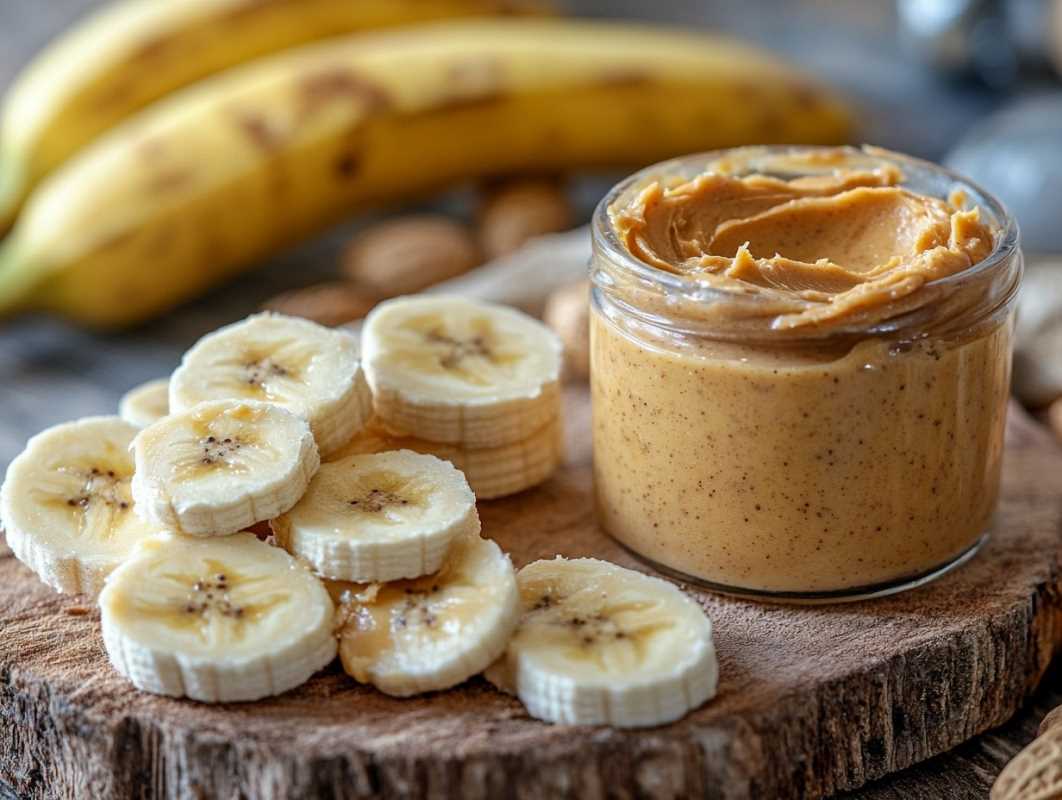 (Image source: Midjourney)
(Image source: Midjourney) 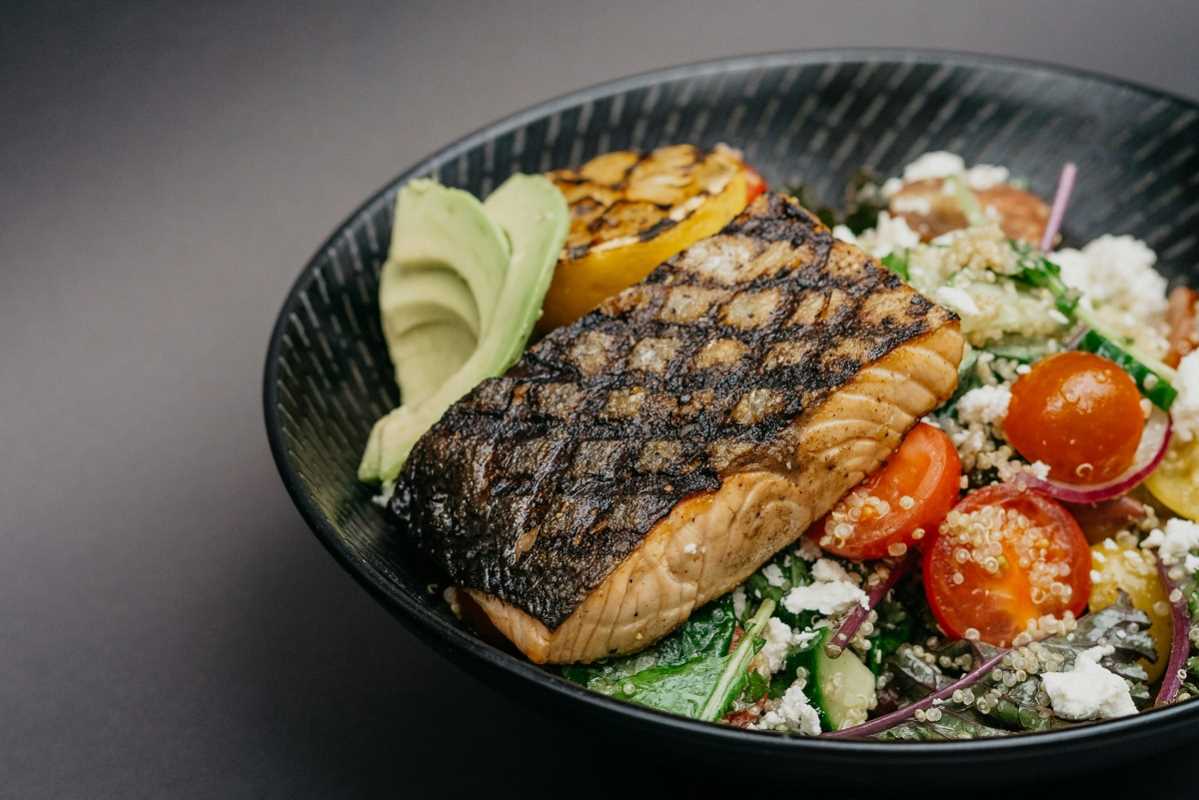
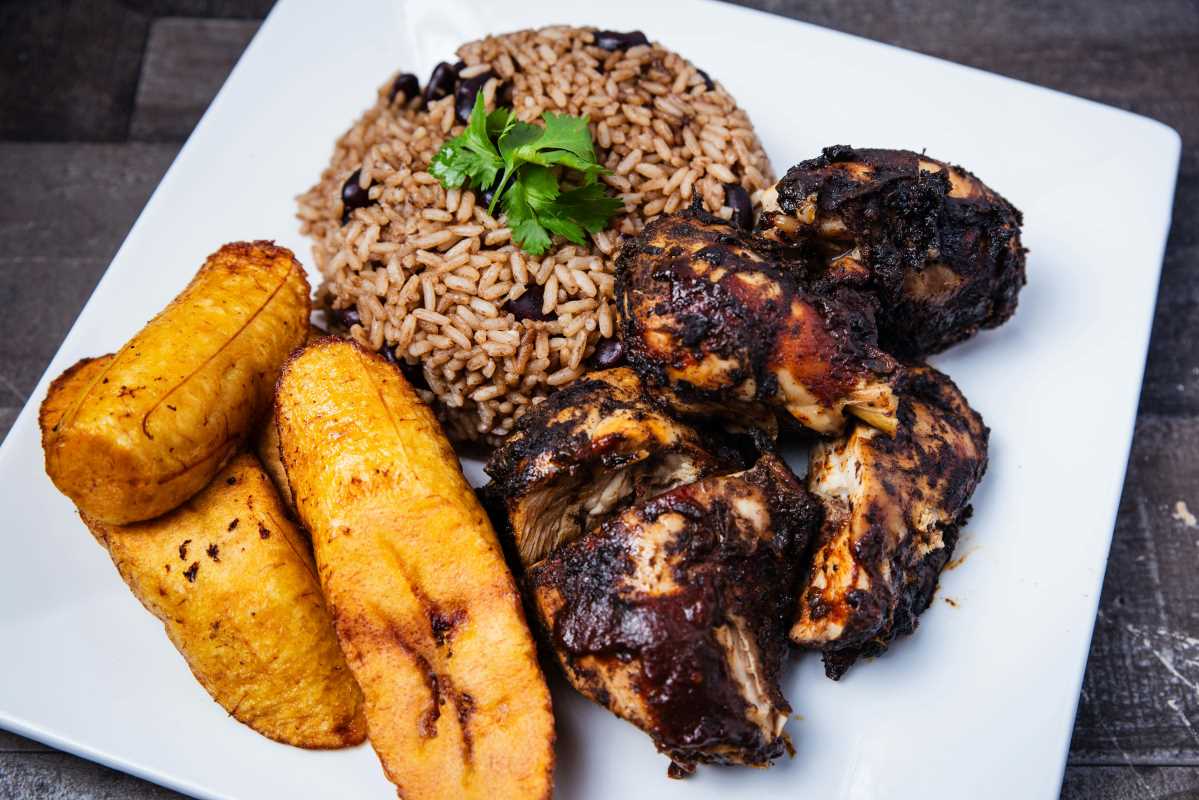
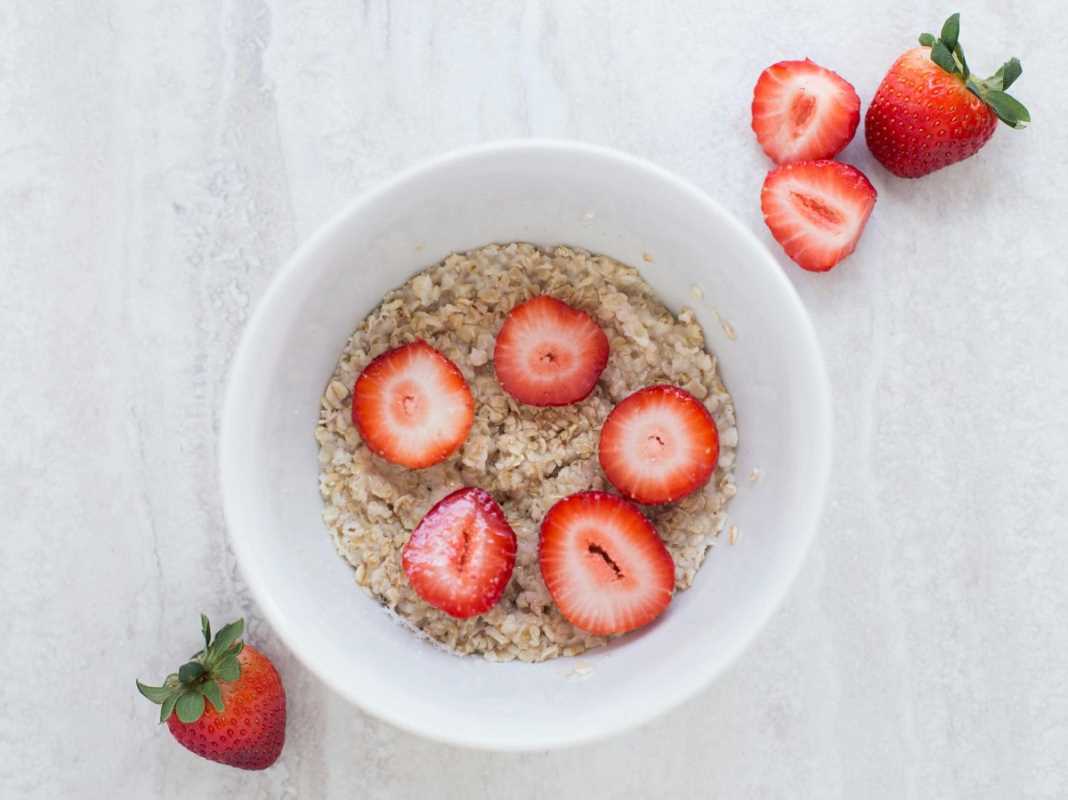


.jpg)
